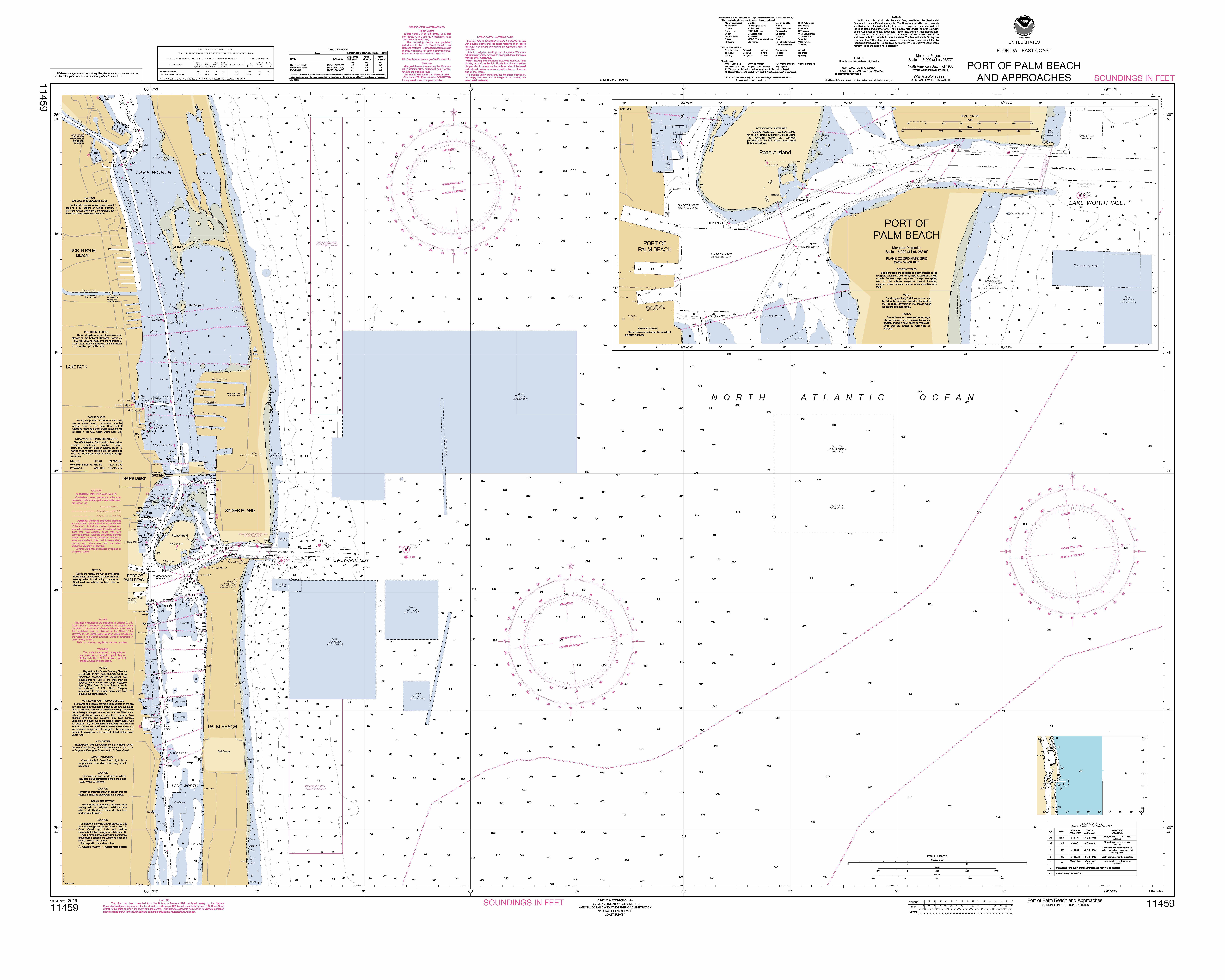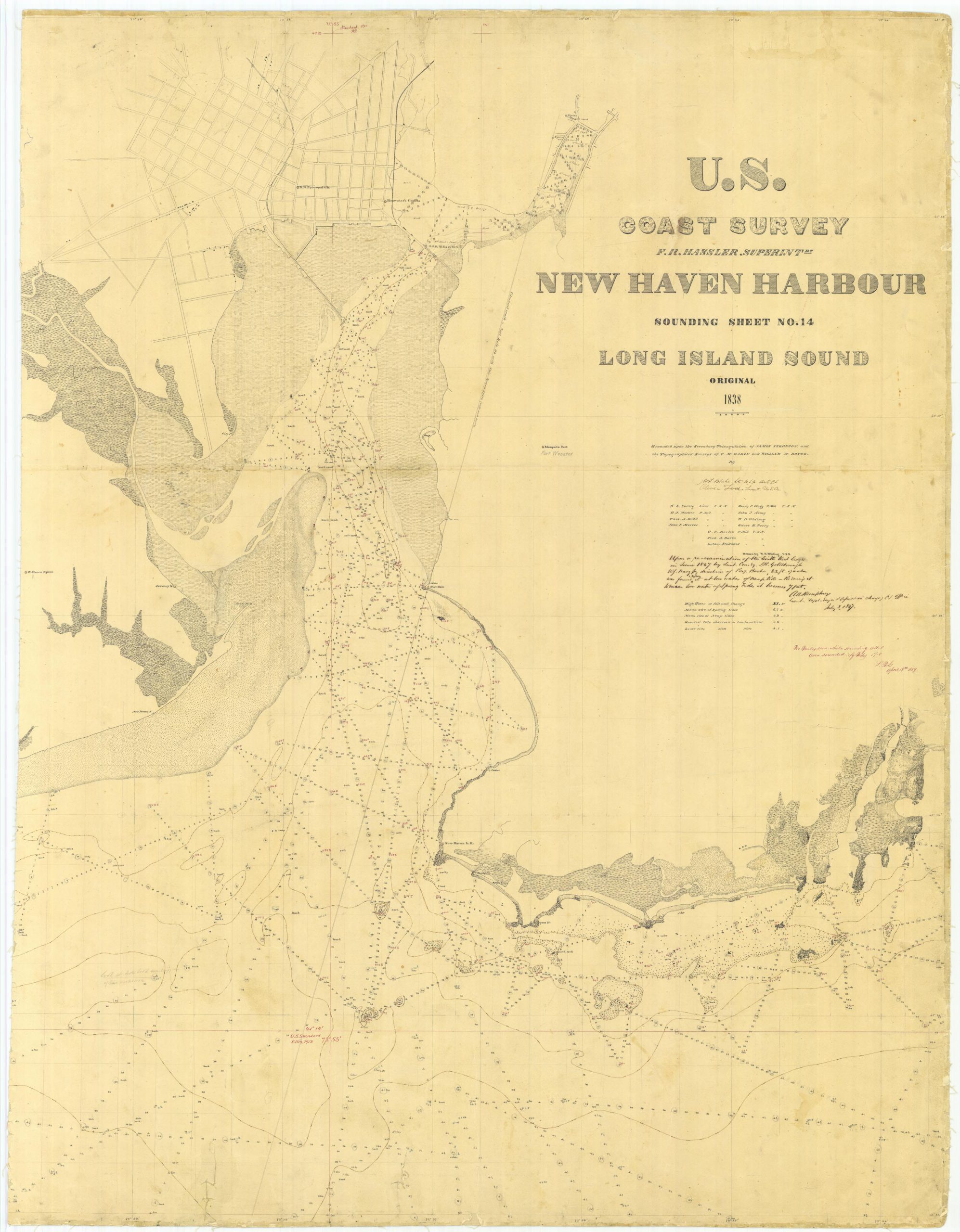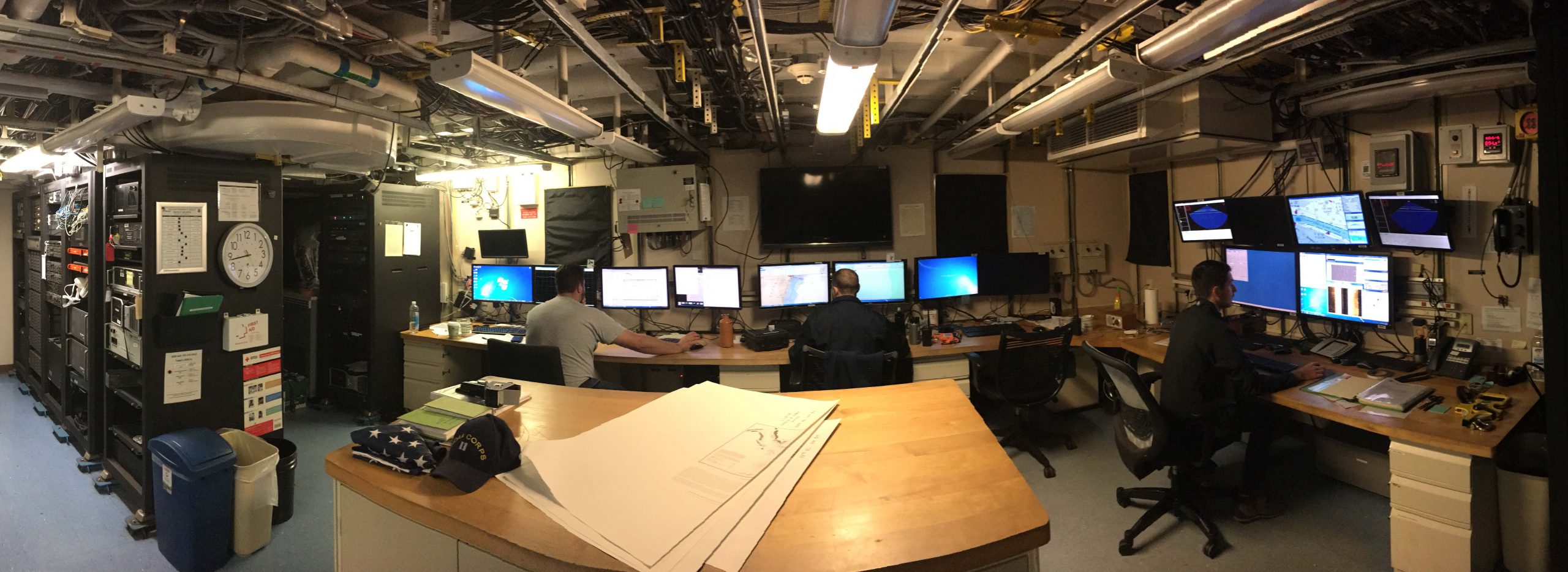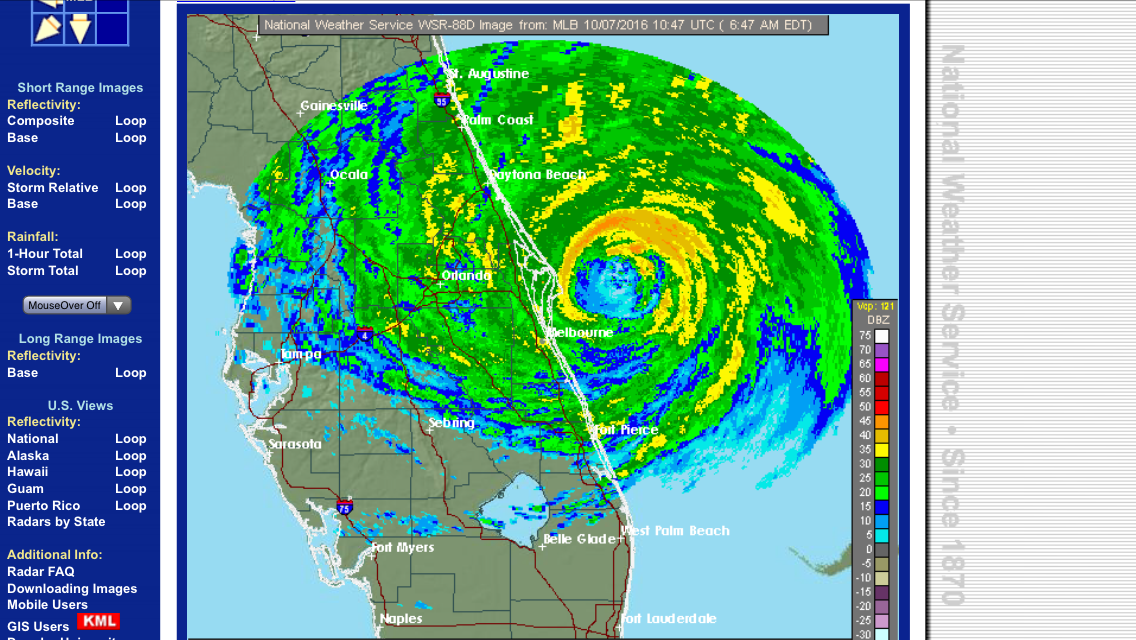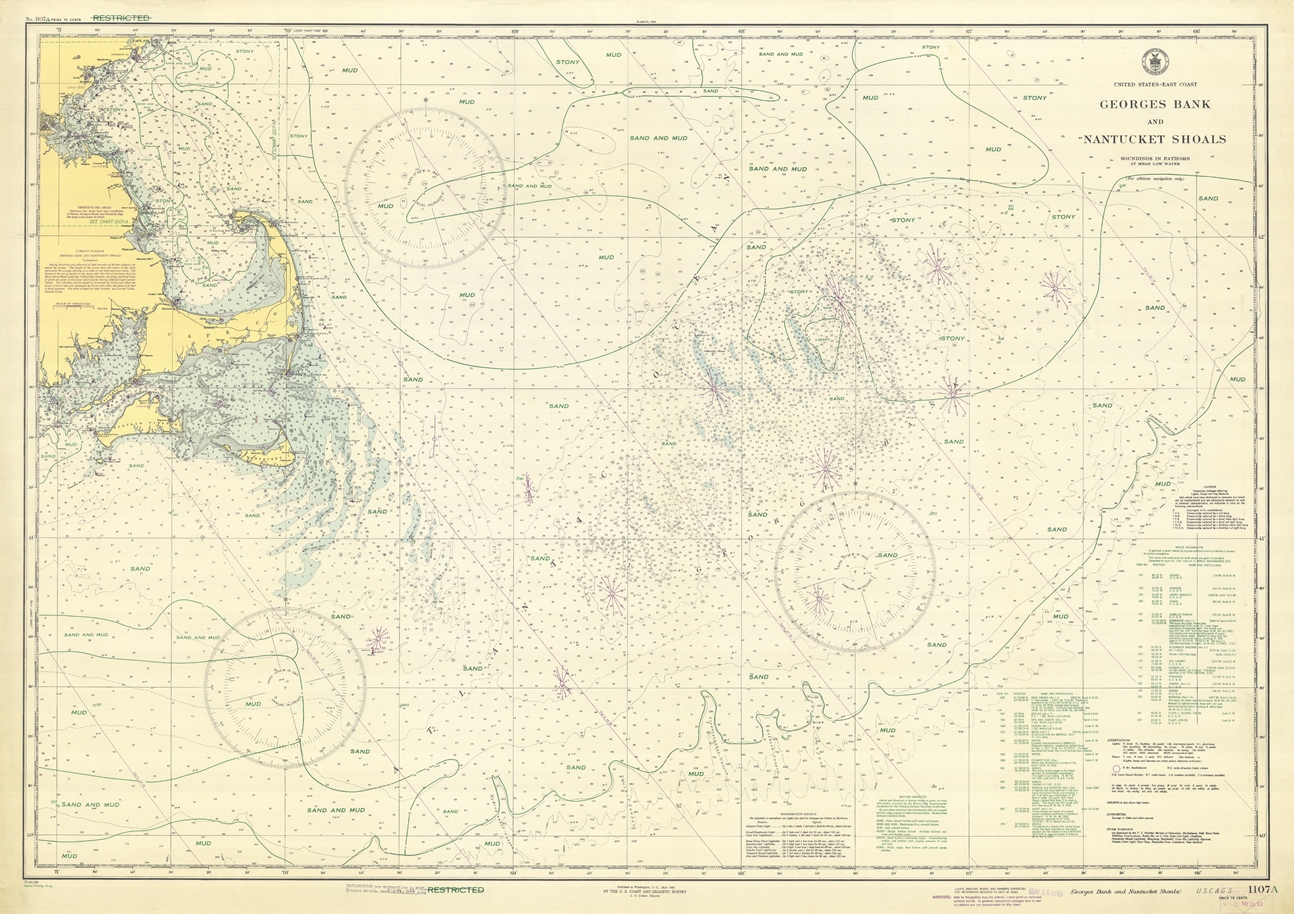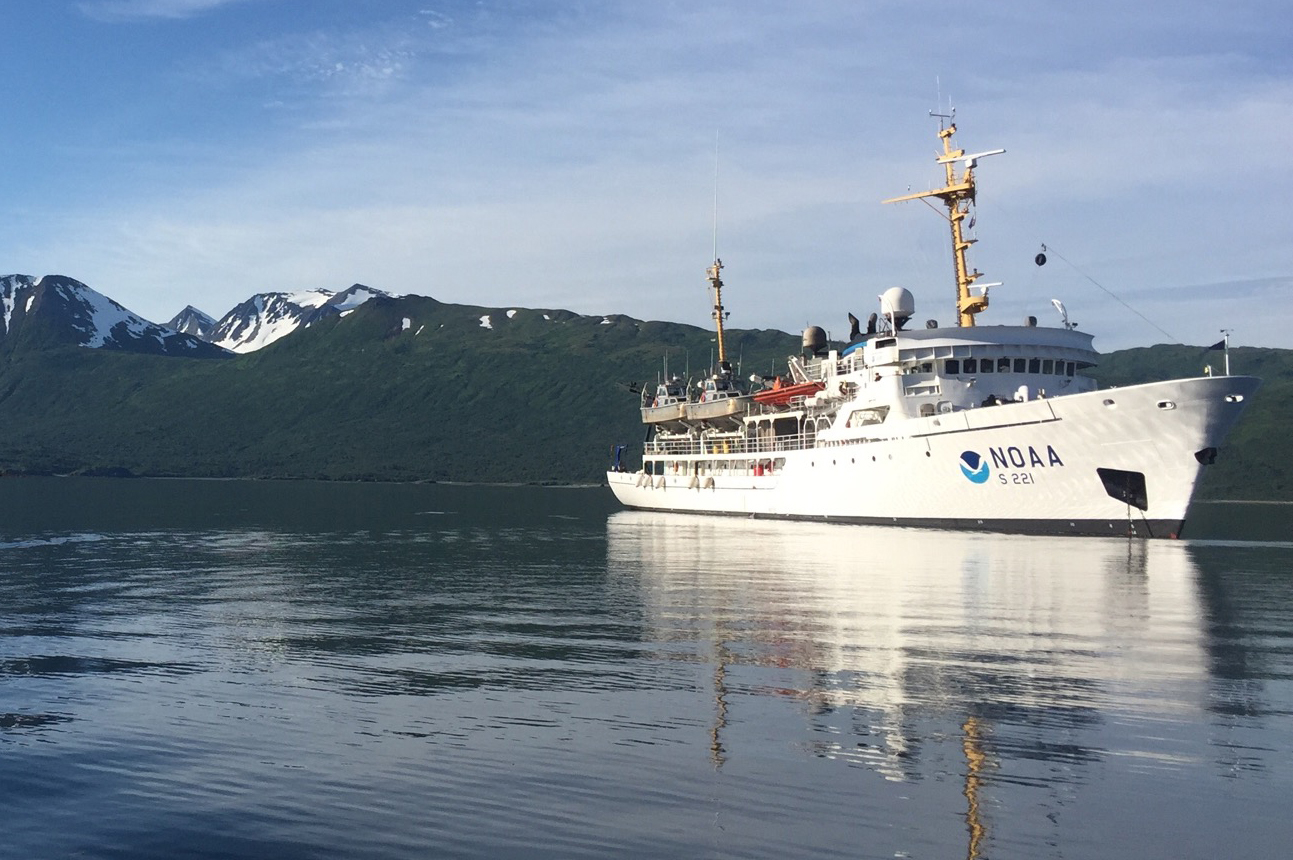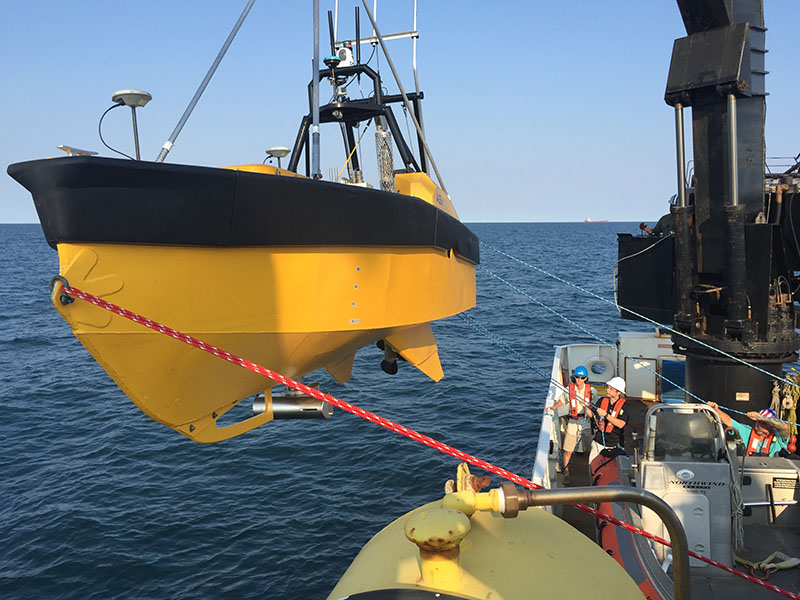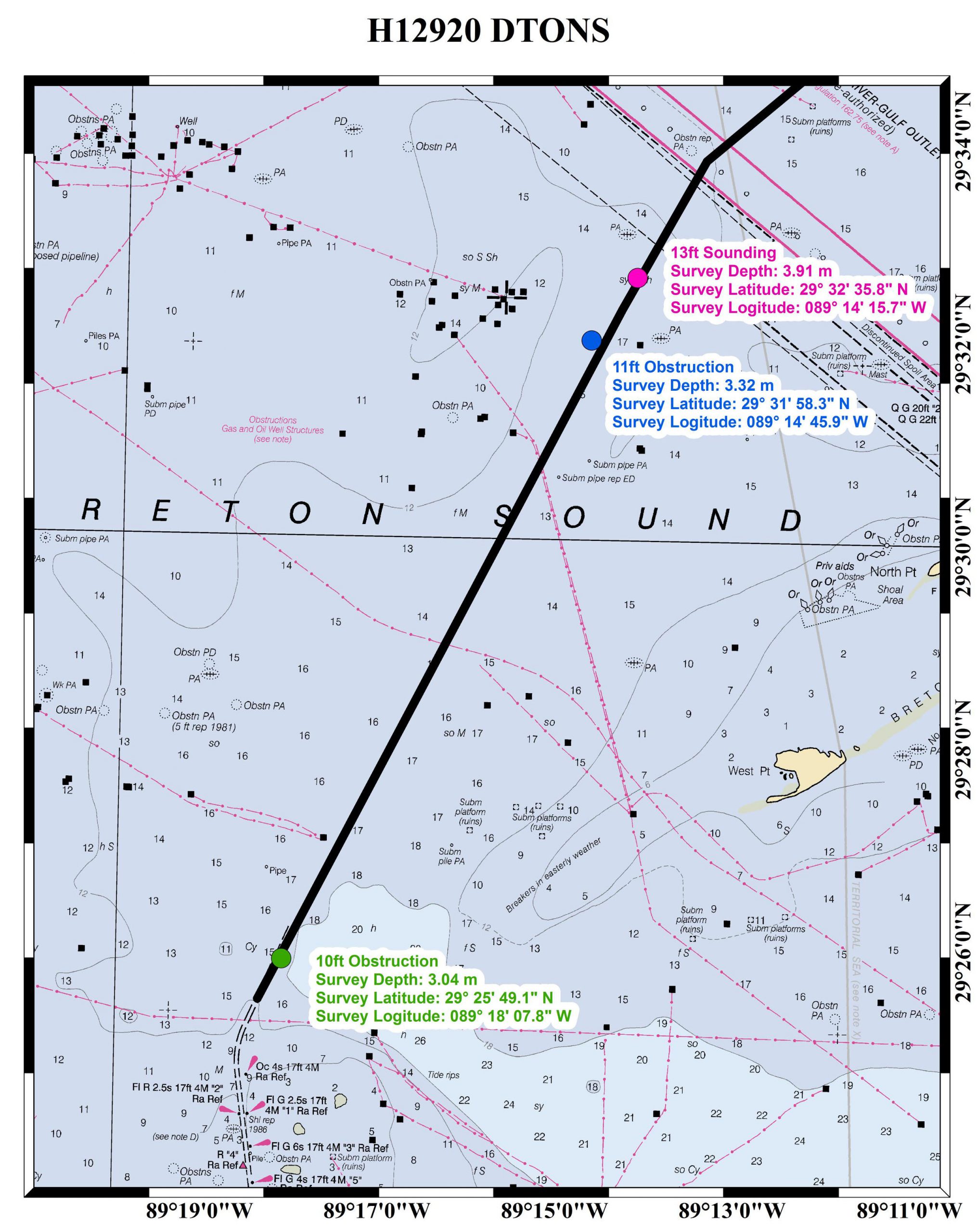Thanks to a combination of determination and technical advancements, Coast Survey was able to locate, report, and chart a danger to navigation within two weeks – a major improvement over the three-to-ten-year chart update protocol of only a few years ago.
On Monday, November 14, a Coast Survey navigation response team hit the waters of St Simons Sound, off the coast of Georgia, when the U.S. Coast Guard asked us to find a sunken fishing vessel. By the next morning, the team of James Kirkpatrick and Kyle Ward (who augmented on the project, from his normal duty as navigation manager in Charleston), reported to the Coast Guard, noting that the wreck is very shoal. They also observed recreational vessels transiting the area every 10 to 15 minutes. Coast Survey quickly issued an official Danger to Navigation Report.
Continue reading “Fast chart update of navigation danger protects Georgia boaters”
NOAA releases new nautical chart for the Port of Palm Beach, Florida
NOAA has issued a new nautical chart for the Port of Palm Beach, Florida, an important distribution center for commodities being shipped all over the world, and especially the Caribbean Basin.
The Port of Palm Beach operations include containerized, dry bulk, liquid bulk, break-bulk, and heavy-lift cargoes. It is the only port in South Florida with an on-dock rail where the Florida East Coast Railway provides twice-daily service to the port’s rail interchange.
Continue reading “NOAA releases new nautical chart for the Port of Palm Beach, Florida”
What does a zip file have to do with historic slave ship AMISTAD?
History is never completely written. There are always new discoveries, new understanding.
NOAA historian John Cloud recently sent Coast Survey an intriguing report:
Yesterday I was looking for some historic Chesapeake Bay T sheets [topography drafts]… Anyway, down in the bottom of a folder, there was a zipped file, dated 2009, never unzipped. I thought: well, since I have noticed this now, why don’t I unzip it? It turned out to be two overly rescaled jpgs, but using my Keith Bridge tricks [a technique developed by a former Coast Survey historical chart expert] I found the two full-scale originals. It was one chart, with a small part cut off to make two separate files: the original 1838 hydrography for New Haven Harbour!
Continue reading “What does a zip file have to do with historic slave ship AMISTAD?”
NOAA helps four ports recover from Hurricane Matthew
Matthew became a hurricane on Thursday, September 29, and it was soon clear that NOAA’s navigation services would be called into action. Coast Survey knew they would be needed for the maritime transportation system’s rapid recovery operations, to search for underwater debris and shoaling. That Saturday, while Hurricane Matthew was still three days away from hitting Haiti, Coast Survey was already ramping up preparations for assisting with reopening U.S. shipping lanes and ports after Matthew’s destruction. By Monday, as NOAA’s National Hurricane Center zeroed in on a major hit to the southeast coast, Coast Survey’s navigation service personnel began moving personnel and survey vessels for rapid deployment. Calling in survey professionals from as far away as Seattle, teams were mobilized to locations outside of the hurricane’s impact zones, so they would be ready to move in and hit the water as soon as weather and ocean conditions allowed.
Continue reading “NOAA helps four ports recover from Hurricane Matthew”
Coast Survey positioned to assist with port recovery

As Hurricane Matthew bore down on Florida, Georgia, and South Carolina, Coast Survey pre-positioned hydrographic survey vessels for immediate deployment, to help speed the reopening of commercial shipping at ports hit by high winds and storm surge.
Currently, our Central Coast Gulf navigation manager, Tim Osborn, embedded in Port Canaveral, Florida, and our Southwest navigation manager, Kyle Ward, are coordinating marine transportation system recovery priorities with the U.S. Coast Guard and port stakeholders in Florida, Georgia, South Carolina, and North Carolina.
Continue reading “Coast Survey positioned to assist with port recovery”
A monumental history
On September 15, 2016, President Obama designated the first marine national monument in the Atlantic Ocean. The Northeast Canyons and Seamounts Marine National Monument includes two areas: one that includes four undersea mountains, called “seamounts” – Bear, Mytilus, Physalia, and Retriever; and an area that includes three undersea canyons – Oceanographer, Lydonia, and Gilbert – that cut deep into the continental shelf. These sea features have monumental histories.

Continue reading “A monumental history”
NOAA Ship Rainier surveys Uganik Bay
By Ensign Michelle Levano
NOAA Ship Rainier recently arrived in Uganik Bay, off of northwest Kodiak Island, to complete hydrographic survey operations in Uganik Passage and Uganik Bay, including the Northeast Arm, North Arm, and South Arm. Rainier has spent 2013 through 2016 surveying areas around North Kodiak Island, including Kizhuyak Bay, Whale and Afognak Passes, Kupreanof Strait, and Viekoda and Terror Bays. The ship will remain in Uganik Bay until the end of October.

Continue reading “NOAA Ship Rainier surveys Uganik Bay”
Hydro on the Great Lakes: preserving American history
By Ensign Max P. Andersen
Formed by retreating ice sheets over 14,000 years ago, the Great Lakes have long represented one of the most valuable fresh water resources in North America. They contain more than one-fifth of the world’s supply of fresh surface water, and the vast size is easily visible from space. From Native American hunting routes to French fur-trade exploration to influential battles in the War of 1812, the Lakes have proved a key platform for numerous historical events that shaped the development of the country.
Uniquely, these bodies of water served as the gateway to connect the booming production of an expanding population in the Midwest from 1825 to 1925. During this time, a broad range of wooden, sailing, and steam-powered ships trekked across the lakes, carrying coal, grain, and passengers. Due to unpredictable weather conditions, fire, ice, high-traffic areas, and an ever-increasing pressure to meet shipping quotas, hundreds of ships were lost in collisions and accidents. These incidents have earned this period the nickname “Shipwreck Century.” Today, the history of the “Shipwreck Century” is presented at Thunder Bay National Marine Sanctuary’s visitor’s center, the Great Lakes Maritime Heritage Center, in Alpena, Michigan.
Thunder Bay is located in Lake Huron, near one of the most historically dangerous areas of navigation in the Great Lakes. The sanctuary covers 4,300 square miles. In this area, over 200 shipwrecks are known to exist, and 92 have been discovered and accurately charted. The staff provides continual archaeological monitoring to ensure the preservation of the sites.
Continue reading “Hydro on the Great Lakes: preserving American history”
Unmanned surface vehicles evaluated for hydrographic survey
Just over a year ago, Coast Survey began testing the use of small unmanned surface vehicles (USV) to survey the shoalest depths, areas along the shore where NOAA ships and their launches are unable to reach. These USVs proved beneficial not only for mapping shallow, murky waters, but also for improving the efficiency of our hydrographic operations. So what is the next step in evaluating USV technology? Testing larger, longer-lasting USVs and taking them beyond shallow waters.
This September, Coast Survey is partnering with the National Centers for Coastal Ocean Science (NCCOS), the Office of Marine and Aviation Operations (OMAO), NOAA Ship Nancy Foster, and ASV Global, an unmanned vehicle manufacturer, to conduct an operational evaluation of a USV, called the C-Worker 5, during a bathymetric and marine habitat survey offshore of the Carolinas.
Continue reading “Unmanned surface vehicles evaluated for hydrographic survey”
Assisting tow industry along Chandeleur Sound Alternate Route
The Inner Harbor Navigation Channel in New Orleans facilitates the transportation of tens of millions of tons of cargo each year. Since the channel was recently closed for repairs, a temporary Chandeleur Sound Alternate Route was established to ensure the flow of commerce between the western and eastern reaches of the Gulf Intracoastal Waterway. NOAA experts assisted with the alternate route development in various ways, collaborating with the U.S. Coast Guard, U.S. Army Corps of Engineers, and the maritime industry.
Continue reading “Assisting tow industry along Chandeleur Sound Alternate Route”


